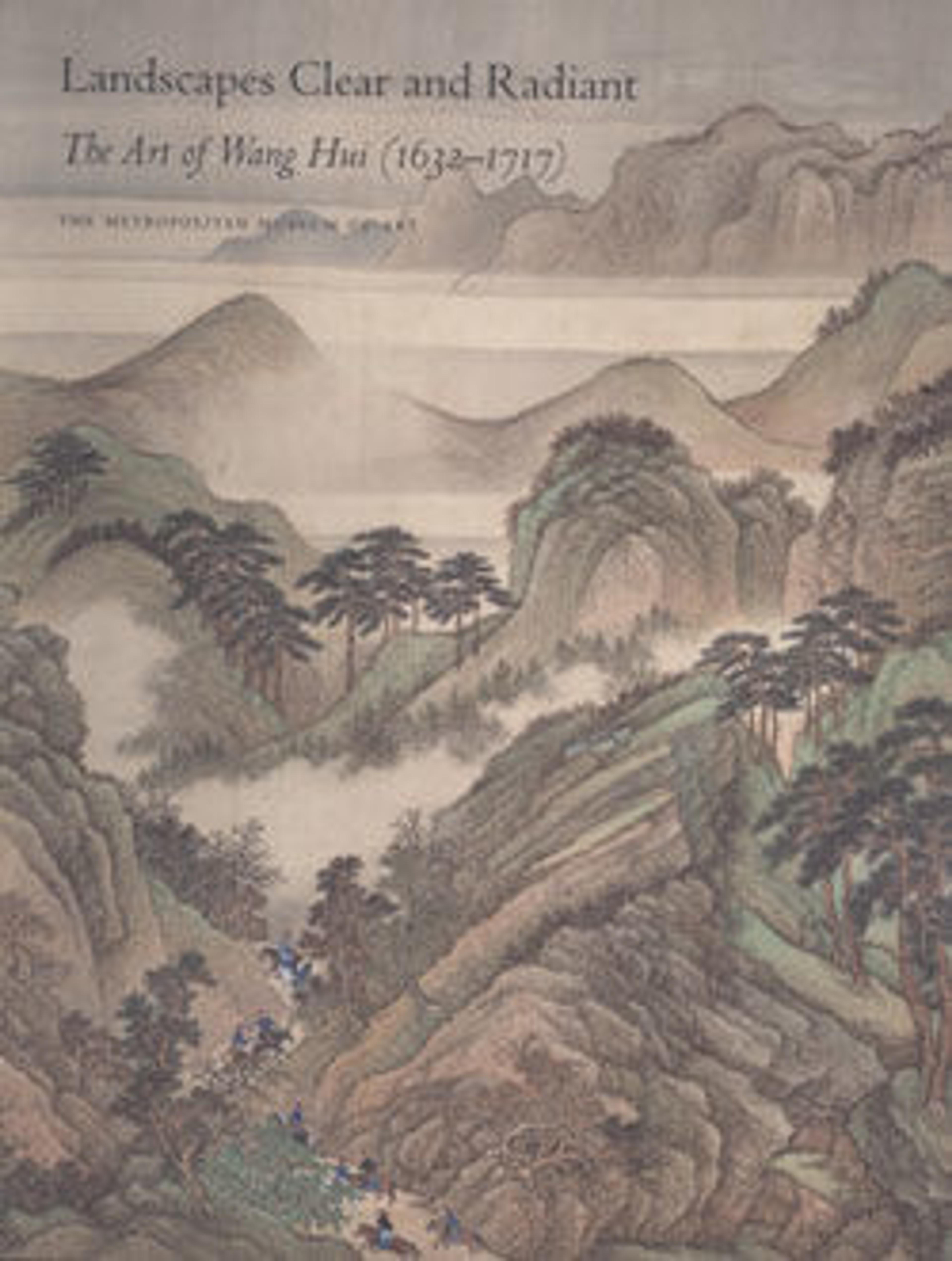Duke Wen of Jin Recovering His State
This handscroll tells the story of the exile and return to power of Chonger, duke of the ancient state of Jin. Driven from his home by a succession crisis, Chonger spent nineteen years in exile seeking support from other states before returning in triumph to assume the title Duke of Jin in 636 BCE. Though unsigned, the painting has long been attributed to the court painter Li Tang, who served in both the Northern and Southern Song painting academies. The calligraphy, executed in the style of Emperor Gaozong, was probably written by a scribe on his behalf.
Artwork Details
- 南宋 傳 李唐 晉文公復國圖 卷
- Title: Duke Wen of Jin Recovering His State
- Artist: Attributed to Li Tang (Chinese, ca. 1070s–ca. 1150s)
- Artist: Calligraphy attributed to Emperor Gaozong (Chinese, 1107–1187, r. 1127–1162)
- Period: Southern Song dynasty (1127–1279)
- Date: mid-12th century
- Culture: China
- Medium: Handscroll; ink and color on silk
- Dimensions: Image: 11 9/16 in. × 27 ft. 2 in. (29.4 × 828 cm)
Overall with mounting: 11 7/8 in. × 40 ft. 9 1/16 in. (30.2 × 1242.2 cm) - Classification: Paintings
- Credit Line: Ex coll.: C. C. Wang Family, Gift of The Dillon Fund, 1973
- Object Number: 1973.120.2
- Curatorial Department: Asian Art
More Artwork
Research Resources
The Met provides unparalleled resources for research and welcomes an international community of students and scholars. The Met's Open Access API is where creators and researchers can connect to the The Met collection. Open Access data and public domain images are available for unrestricted commercial and noncommercial use without permission or fee.
To request images under copyright and other restrictions, please use this Image Request form.
Feedback
We continue to research and examine historical and cultural context for objects in The Met collection. If you have comments or questions about this object record, please complete and submit this form. The Museum looks forward to receiving your comments.
